A while back I showcased a few species with striking eyes – continuing that theme, here’s a look at another species that has formidable eyes -although this is not immediately obvious but does become more so once you get up close and personal with it
Black-headed Heron (Swartkopreier) Ardea melanocephala
Where in the world?
The distribution of this species is extensive across Sub-Saharan Africa, missing only from a few arid areas such as the Kalahari in southern Africa. It is the commonest of the large herons throughout Africa.
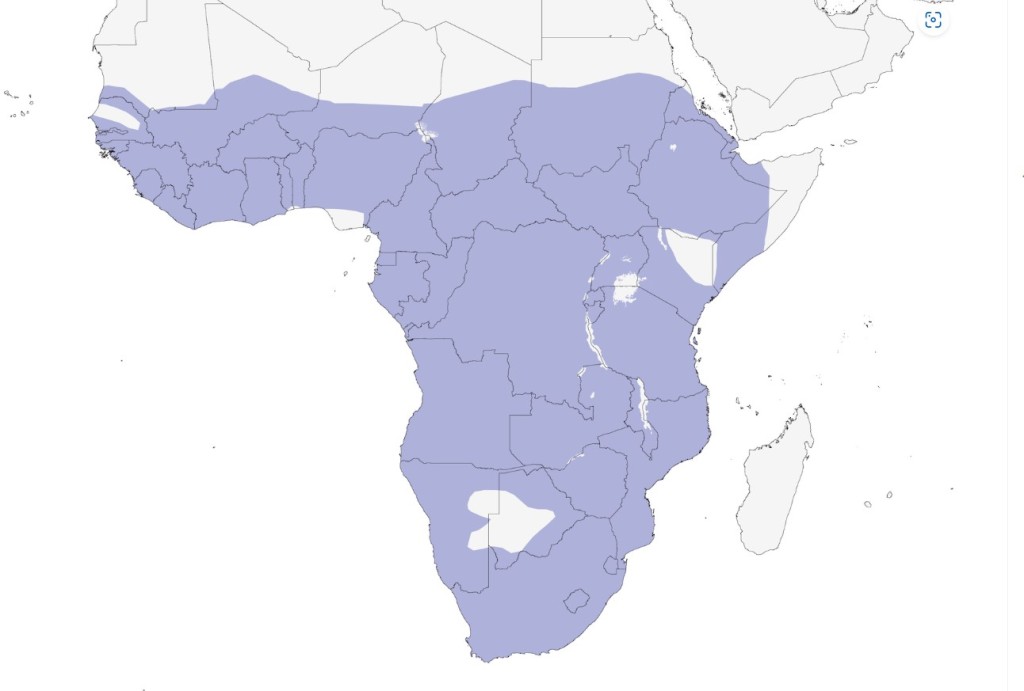
What to Look for
This is not a bird that is likely to be confused with any other, with the possible exception of the Grey Heron which is of similar size and, at a distance, of similar appearance. Non-birders (no disrespect, but you are missing out seriously) do mistake this species for the iconic Blue Crane, something I can vouch for from personal experience.
It’s a tall bird, up to 96 cm in height and weighing between 700 and 1650 g
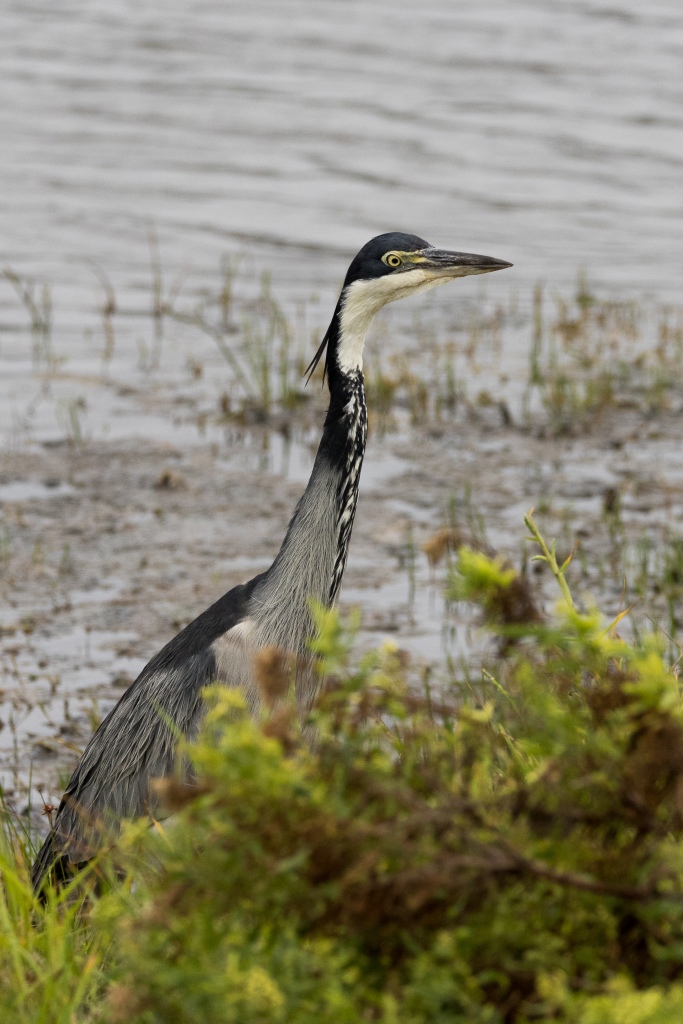
In flight it’s easier to confirm the identification due to the bi-coloured wings – black flight feathers, white underwing coverts
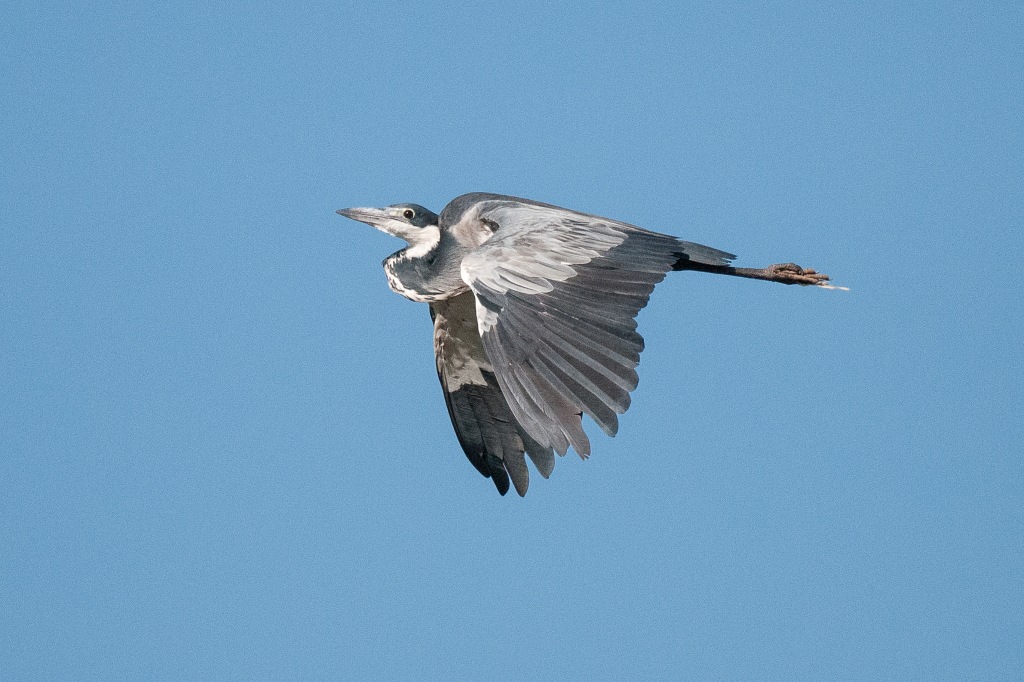
Eyes are yellow, but turn orange, then red during breeding
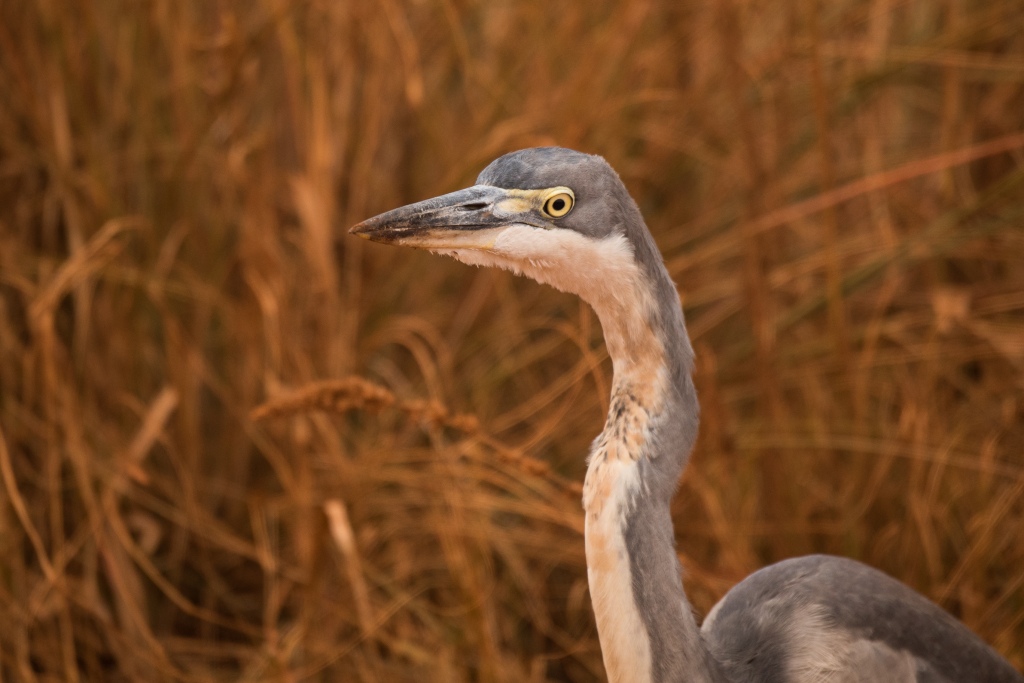
Black-headed Heron is a terrestial species, not necessarily found near wetlands as with other herons, and is one of the few birds that benefit from human alteration to the environment such as irrigated areas, which suit their preference for damp pastureland
They will often be found striding through grass, hunting for prey
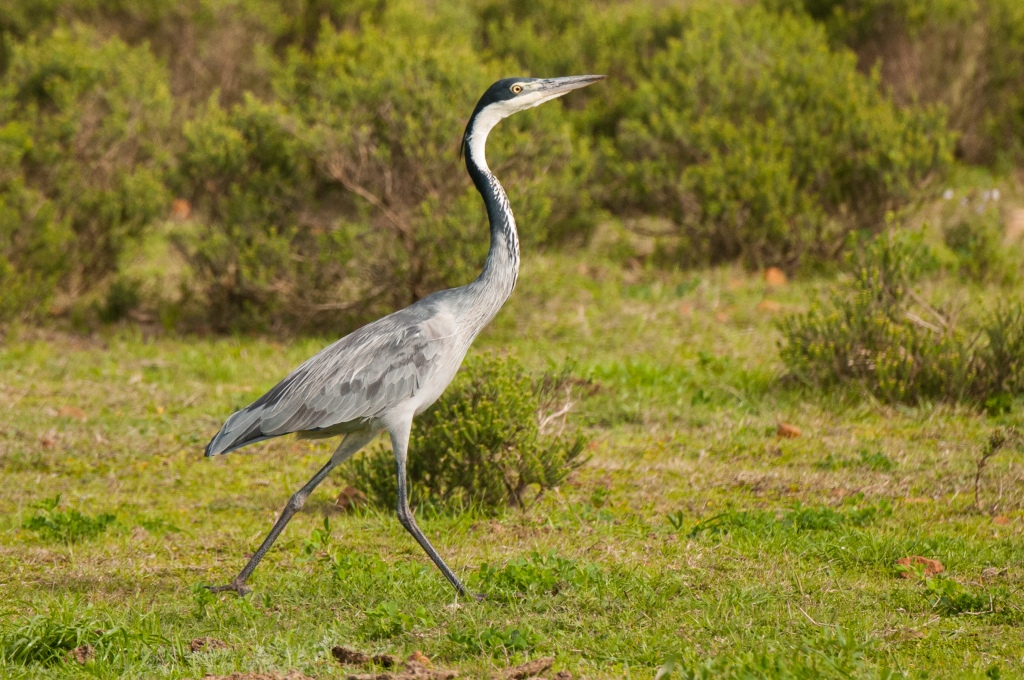
They eat a variety of rodents,insects, snakes, frogs, crabs, fish – in fact just about anything that crosses their path including small birds. This individual I came across early one morning in the Rayton area near Pretoria had caught a large rodent, possibly a vlei rat, and proceeded to swallow it whole, taking a few minutes to manoeuvre it into position for swallowing. I could see the progress of the prey moving down the bird’s long neck, which bulged as it gradually slipped down.
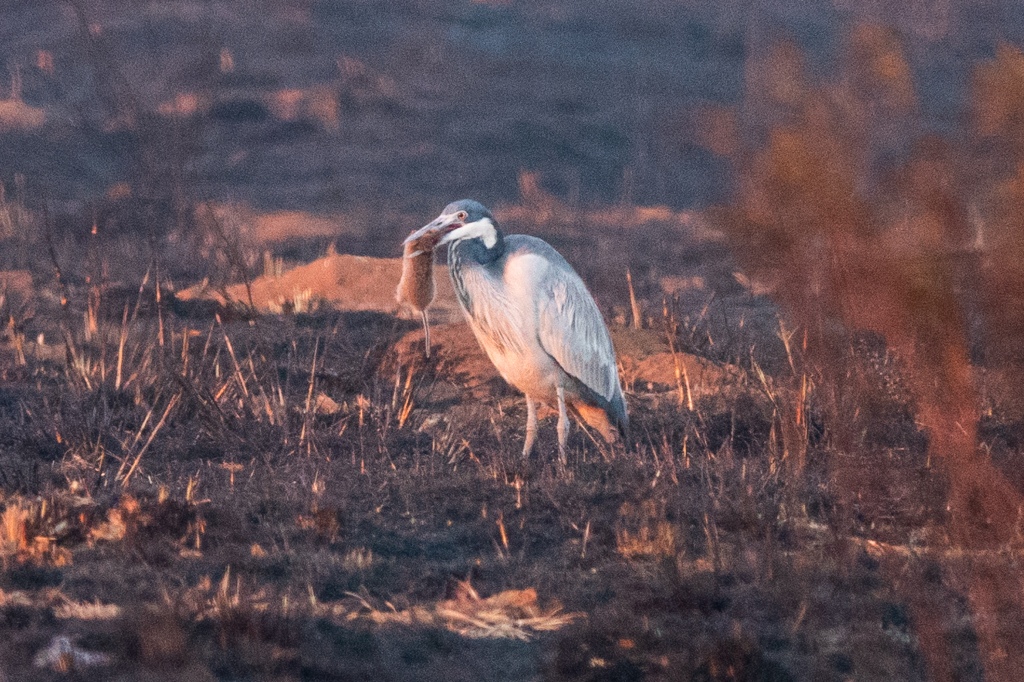
They often nest in or near towns – Great Brak River, just down the road from Mossel Bay, has a busy roost in a tall tree on the main road. The next photo was taken in a more rural area near Pretoria, where numbers of Black-headed Herons occupied a large tree next to a farm dam.
They make themselves known with their harsh squawking calls at all times of the day.
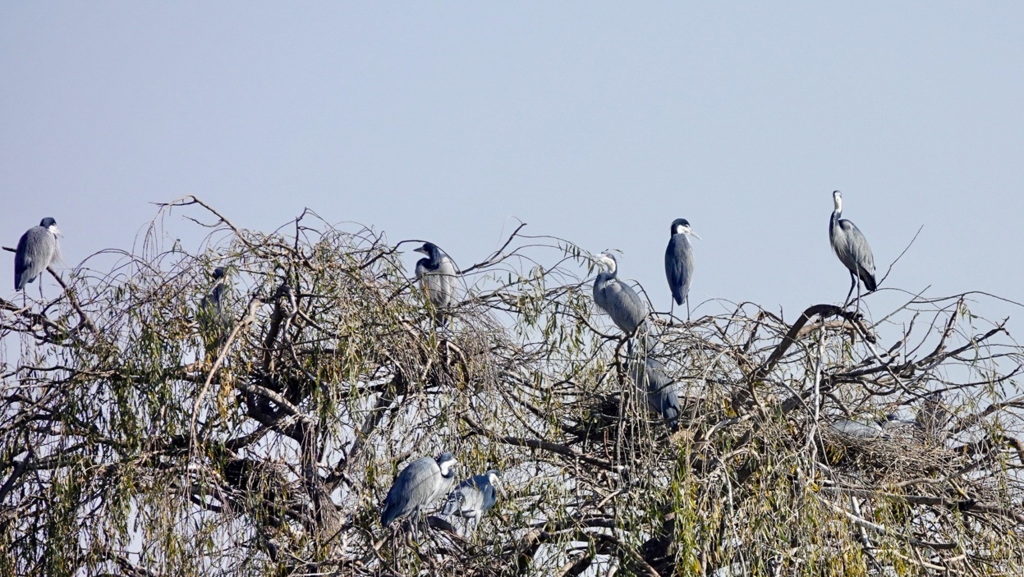
References: Roberts VII Birds of Southern Africa; Firefinch Birding App; Birds of the World – Cornell Lab of Ornithology
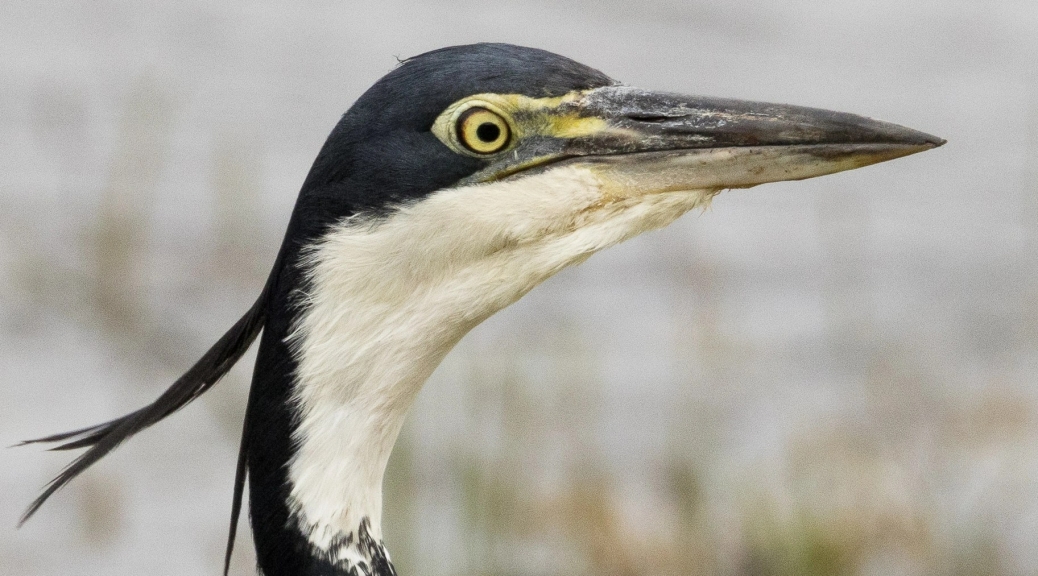
This is a fascinating focus which I have enjoyed reading.
There is always something interesting to learn about birds, even an “ordinary” one such as this heron
Being a familiar bird, even on suburban road verges, parks and graveyards (especially those where the grass isn’t as well maintained as it should be) these birds really do not get the amazement they deserve!
We tend to pass them by without a second glance but they are fascinating to watch when on the hunt
Loved reading about this heron. Great photos
It’s a pleasant surprise finding out more about familiar species such as this